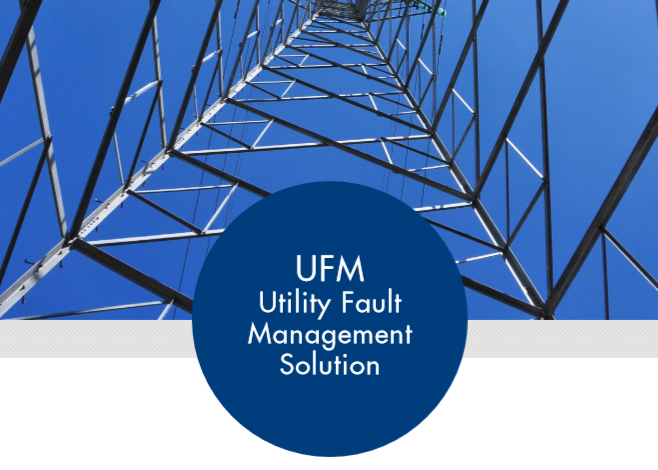What is Telnet’s Utilities Fault Management System?
Telnet’s Utilities Fault Management system (UFM) is our in house developed and purpose built solution for handling faults and other service requests across New Zealand’s utilities industry. For a small country, New Zealand has a large number of gas & electricity networks, metering companies and field service providers which makes the job of a front-line agent highly complex. However, our UFM system makes it easy for our agents by presenting them with dynamic scripting and questioning based on the call/service type and then automatically sends service requests to the appropriate contractor via their preferred medium (e.g. API, fax, email, phone). This allows our agents to focus on providing a high standard of customer service.
UFM is driven by a set of predefined (yet customisable) rules that Telnet has developed through working with industry participants over the past 20 years. Bespoke configurations of UFM can easily be set up for each of our Utility clients (including electricity networks, gas networks and energy retailers) to ensure unique scripting and dispatching rules are applied. We can even integrate UFM with external CRM’s and ERP’s (e.g. SAP, Gentrack, Siebel).

Why use Telnet & UFM for your Fault Management?
Telnet Services has been providing fault and critical emergency call management services to NZ network companies since 1999. On average we handle more than 400,000 fault calls per year for multiple Utility clients, making Telnet New Zealand’s number one provider to the Utility industry.
Operating an electricity or gas network requires support for faults to be available 24/7 all year round, and for many companies this raises difficult challenges. Telnet’s UFM system integrates with our clients’ core systems to exchange data in real-time, providing a single simple interface that enables front line agents to log faults quickly.
Other benefits of this include:
- Reduction in resourcing costs – All fault calls have the potential to become emergencies, so you need people ready to take calls at all times. Keeping this in-house may result in staff being rostered on during periods where they are unoccupied for hours. With Telnet, you pay a single flat rate fee per call handled, no matter the time of the day.
- Specialised agents – Using a call overflow solution doesn’t always provide for a great customer experience. Telnet has a specialised team with industry training which ensures that calls are handles efficiently and accurately and that incidents requiring further action, such as investigation of a no power fault, are sent directly to the appropriate contractor and systems.
- Scalability – Major events resulting in extreme call volumes can happen at any time, putting unexpected pressure on your resources. Telnet’s resource structure allows us to quickly scale and bring on additional staff to ensure your calls continue to be answered in a timely manner. This is achieved by having our wider pool of contact centre agents also trained in handling fault calls and available to support the Utilities team as soon as a major event occurs.
What we need to set up UFM
With the ability to automatically identify where a job should go based on the job type and location entered by an agent, UFM is quick and easy to configure and implement for new clients.
To set up UFM, all we need is:
- Regularly updated electronic customer data from your CRM, including name, address, network, meter company and ICP number. The agent will use this data to identify and select the customer, and the network/metering information will be used to determine if a job should be logged and where it should be sent.
- UFM is already configured with predefined scripting to assist agents in handling various types of fault calls which we can tailor to suit your own branding and scripting.
- If you would like to receive data from our UFM system, we can securely transmit fault data electronically from UFM to your CRM or ERP. UFM supports a variety of methods, including API, FTP, SFTP, email, fax and web service integration.







